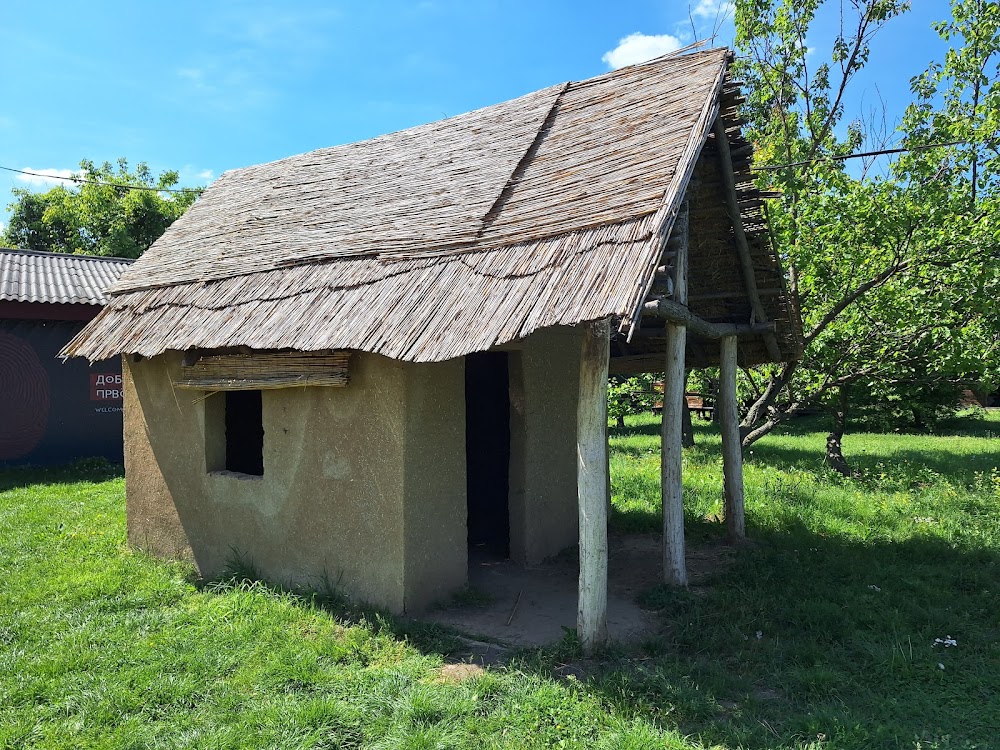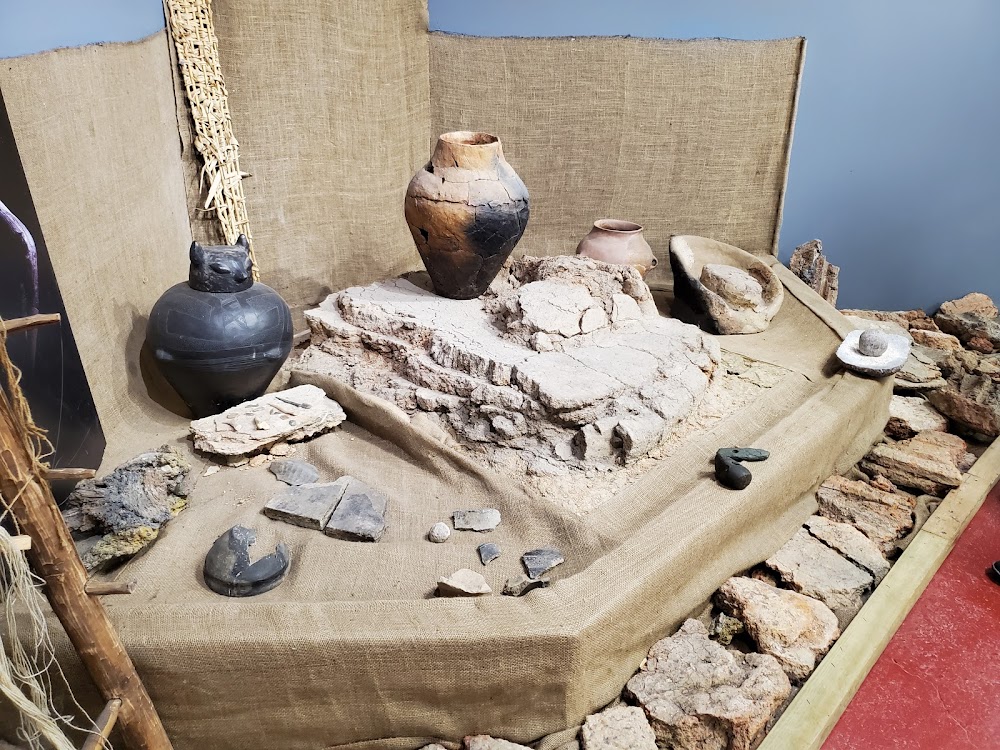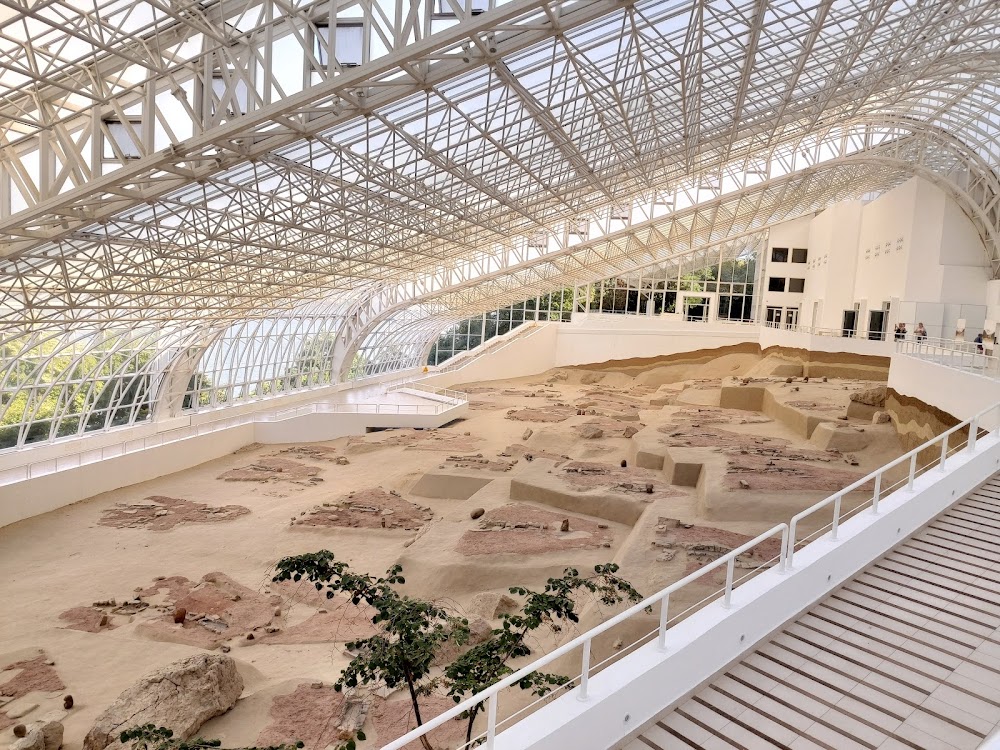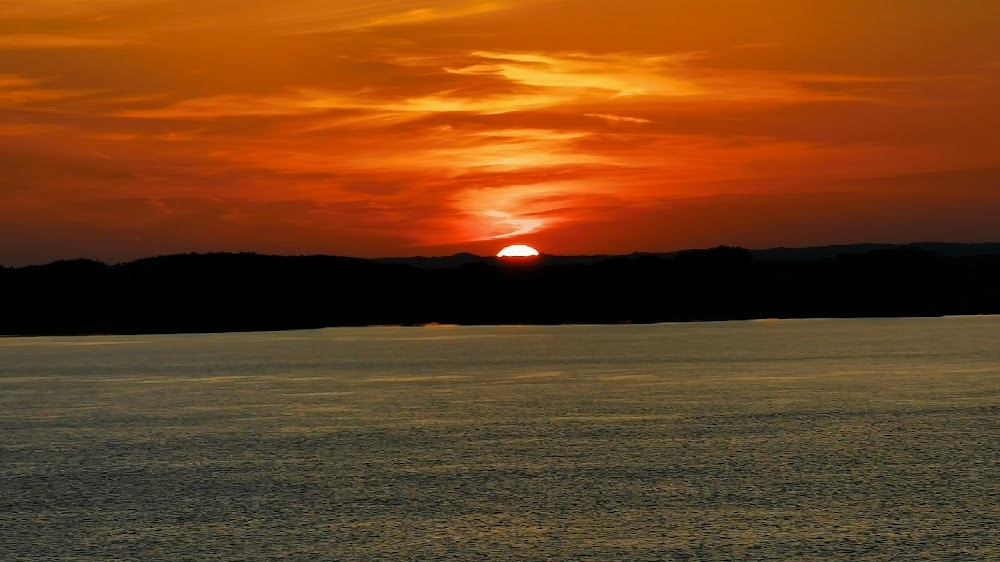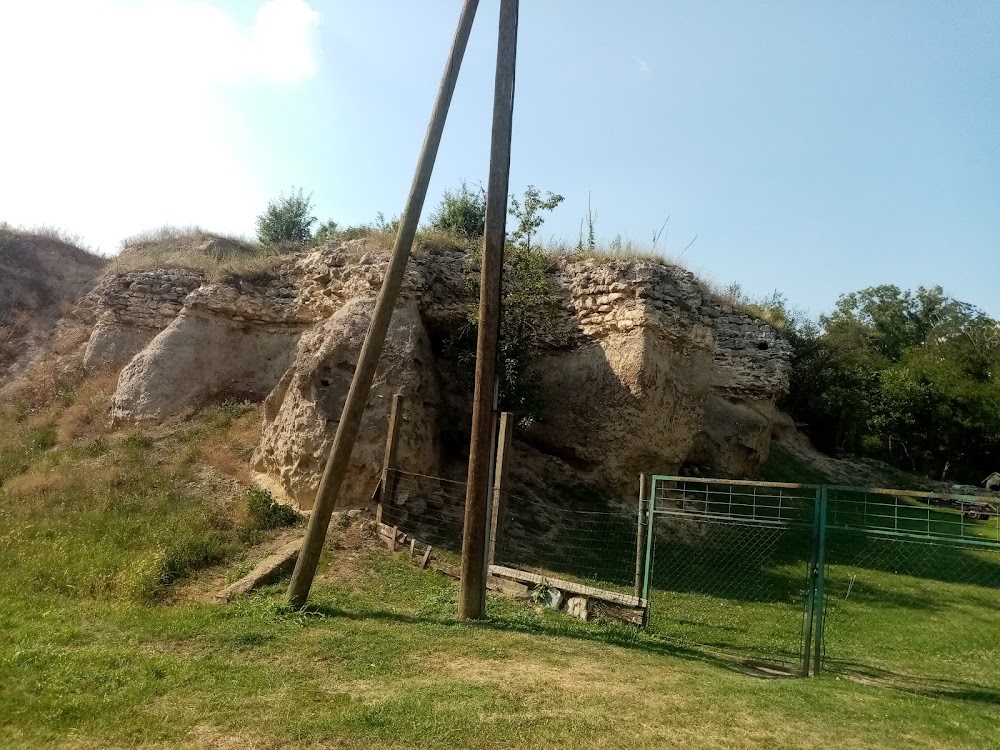Vinča Culture Museum (Музеј Винчанске културе)
Related Places
Overview
Vinča - White Hill, located in the Podunavlje District of Serbia, is a remarkable archaeological site that serves as a window into one of the oldest and most advanced prehistoric cultures in Europe. This open-air museum is dedicated to the **Vinča culture**, which thrived over 7,000 years ago during the Neolithic period. Discovered in 1908 by Serbian archaeologist **Miloje Vasić**, this site has become a cornerstone for understanding the development of European civilization.
The **White Hill (Belo Brdo)** is a tell—an artificial mound formed over centuries of human settlement. This stratified hill contains layers of ancient homes, tools, and artifacts that provide a rich historical tapestry. Over the decades, meticulous excavations have revealed numerous structures made from wood and clay, often adorned with elaborate decorations and symbols. These findings indicate that Vinča was a well-organized community with advanced architecture and societal structures.
Among the treasures unearthed at Vinča are beautifully crafted **pottery**, tools made from **bone and stone**, and distinctive figurines that showcase stylized human forms. Notably, the site is also home to the famous **Vinča script**, one of the earliest known forms of writing. These artifacts suggest that the Vinča people engaged in trade, agriculture, and crafts, supporting a sophisticated and sedentary lifestyle.
To preserve and celebrate these extraordinary discoveries, the **Vinča Culture Museum** was established. Carefully designed to reflect the layout and style of the ancient Vinča settlement, the museum showcases a wealth of artifacts from excavations, offering educational insights into the daily lives of the Vinča people. Visitors can explore reconstructed Vinča houses, tools, pottery, jewelry, and some of the earliest examples of textile production.
The creation of the museum involved a collaborative effort among archaeologists, historians, and architects. The design respects the historical significance of the site while providing a modern and accessible space for visitors. Interactive displays and multimedia presentations breathe life into the ancient world, allowing guests to engage deeply with the rich history of Vinča.
Beyond being a museum, Vinča - White Hill serves as a center for ongoing research and excavation. Scholars from around the globe visit the site to study its artifacts, enhancing our understanding of prehistoric Europe. The museum regularly hosts educational programs and workshops for students and enthusiasts, fostering a deeper appreciation for archaeology and history.
Vinča - White Hill is more than just a destination; it is a vital connection to our ancient past. The preservation and study of this site continue to illuminate the ingenuity, culture, and daily life of the Vinča people, making it a treasure trove of historical knowledge that captivates and educates all who visit.


